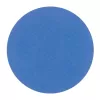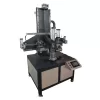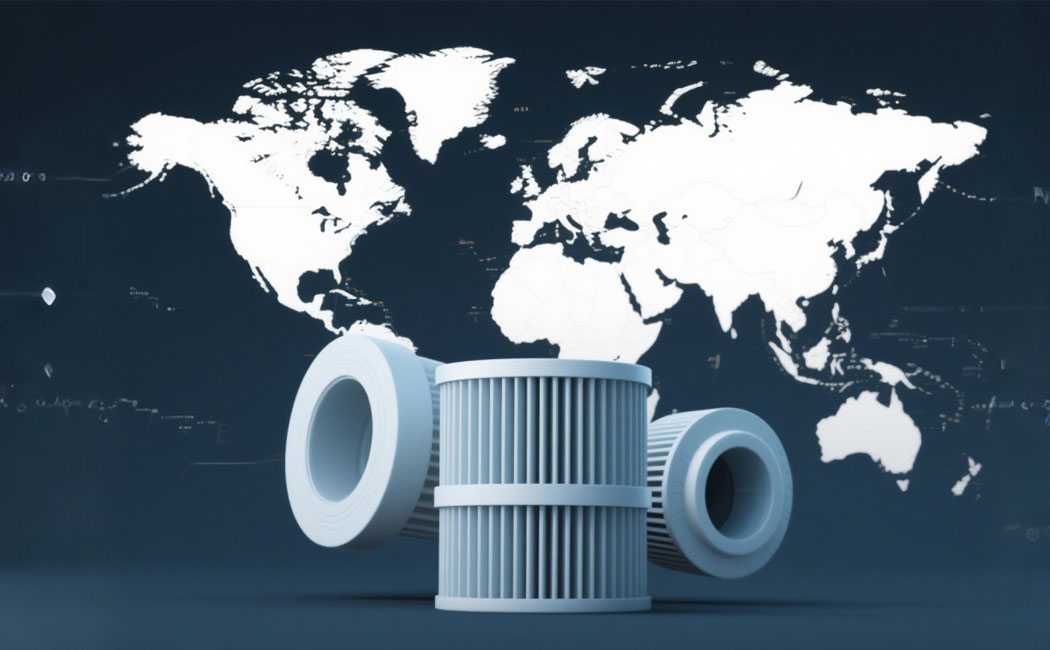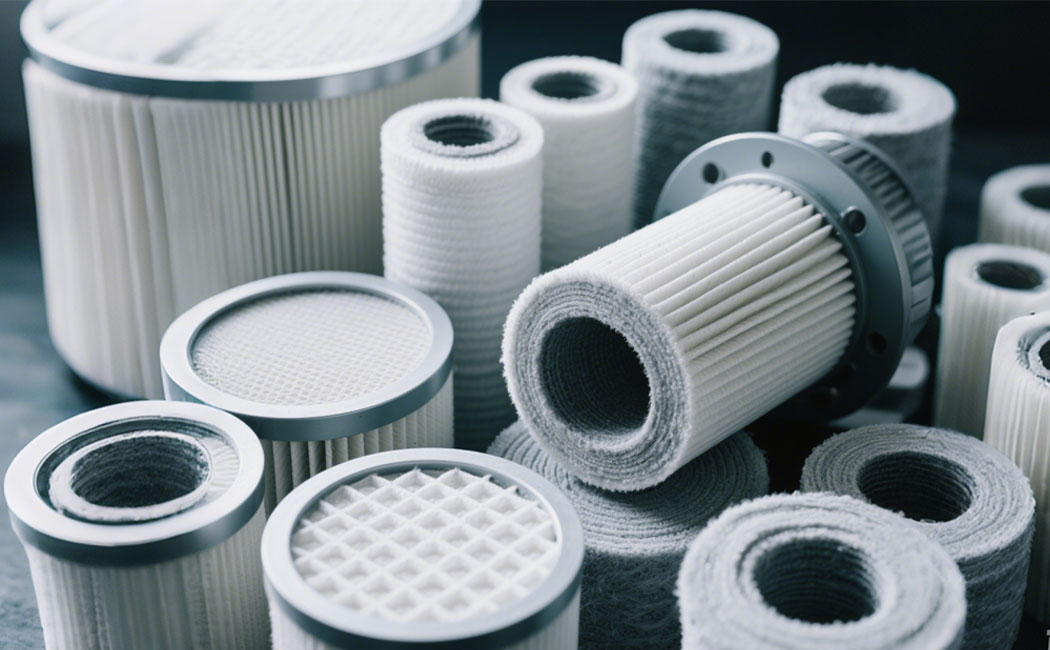High Backwash Frequency? Practical Fixes to Reduce Maintenance Downtime
Excessive backwashing is a red flag in industrial filtration, signaling inefficiencies that inflate operational costs, strain equipment, and shorten filter lifespans. For industries relying on processes like water treatment, chemical processing, or food production, frequent backwashing cycles can disrupt workflows and erode profitability.
As a global leader in filtration solutions, we diagnose the root causes of high backwash rates and provide actionable strategies to optimize systems—using advanced materials like stainless steel wedge wire screens, epoxy-coated media, and smart design principles.
Why Is Your System Over-Backwashing?
Common culprits include:
Clog-Prone Filter Media: Surface-clogging materials force more backwashing to clear blockages.
Mismatched Pore Sizes: Filters with pores too small for the particle load trap debris too quickly.
Poor Flow Distribution: Uneven pressure causes localized clogging, triggering unnecessary backwash cycles.
Abrasive Particle Loads: High concentrations of sharp or sticky particles degrade media, reducing efficiency.
4 Proven Solutions to Slash Backwash Frequency
1. Upgrade to Non-Clogging Filter Media
The right material resists fouling and extends intervals between backwashes:
Stainless Steel Wedge Wire Screens: With V-shaped profiles and up to 40% open area, these screens prevent particle buildup while maintaining high flow rates. Ideal for slurry or wastewater.
Epoxy-Coated Mesh: Smooth, non-stick surfaces repel sticky residues (e.g., oils, sugars), reducing adhesion-triggered clogs.
Gradient Density Cartridges: Multi-layer designs (e.g., coarse-to-fine stainless steel mesh) distribute particle capture, delaying saturation.
2. Optimize Pore Size and Distribution
Match pore geometry to your particle profile:
Larger Pores for High Loads: Use 2–5mm wedge wire screens for slurries with bulky solids; pair with finer downstream filters for precision.
Stepped Porosity Designs: Combine varying pore sizes in one unit to prevent rapid surface clogging.
3D Mesh Structures: Our stainless steel screens with trapezoidal pores increase dirt-holding capacity by 30% vs. standard square mesh.
3. Automate with Smart Backwash Controls
Intelligent systems backwash only when needed:
Pressure Differential Sensors: Trigger backwash automatically when ΔP exceeds set thresholds, avoiding fixed schedules.
AI-Powered Predictive Maintenance: Analyze historical data to forecast clogging patterns and optimize backwash timing.
Pulse-Jet Backwashing: Targeted high-pressure bursts clean filters more efficiently than full-system flushes.
4. Redesign Flow Paths for Even Distribution
Poor flow patterns cause localized clogs. Fixes include:
Radial Flow Systems: Distribute fluid evenly across the filter surface to prevent “hot spots.”
Tapered Wedge Wire Profiles: Our screens use graduated wire thickness to balance pressure and reduce turbulence.
Anti-Channeling Baffles: Redirect flow to eliminate dead zones where particles accumulate.
High backwash frequency isn’t inevitable—it’s a solvable design flaw. By combining advanced materials, intelligent controls, and precision engineering, industries can achieve stable filtration with minimal maintenance.
Explore our low-maintenance filtration portfolio, including stainless steel wedge wire screens, epoxy-coated cartridges, and smart backwash systems, to transform your operations.
Share:
Recent Posts

How Does Semi-Adhesive Paper Enable Reliable and ...
12/10/2025 Comments Off on How Does Semi-Adhesive Paper Enable Reliable and Cost-Effective Automotive Filter Manufacturing?
How Does an Oil Separator Bottom Cap ...
12/04/2025 Comments Off on How Does an Oil Separator Bottom Cap Seaming Machine Enhance Filter Manufacturing Efficiency?






